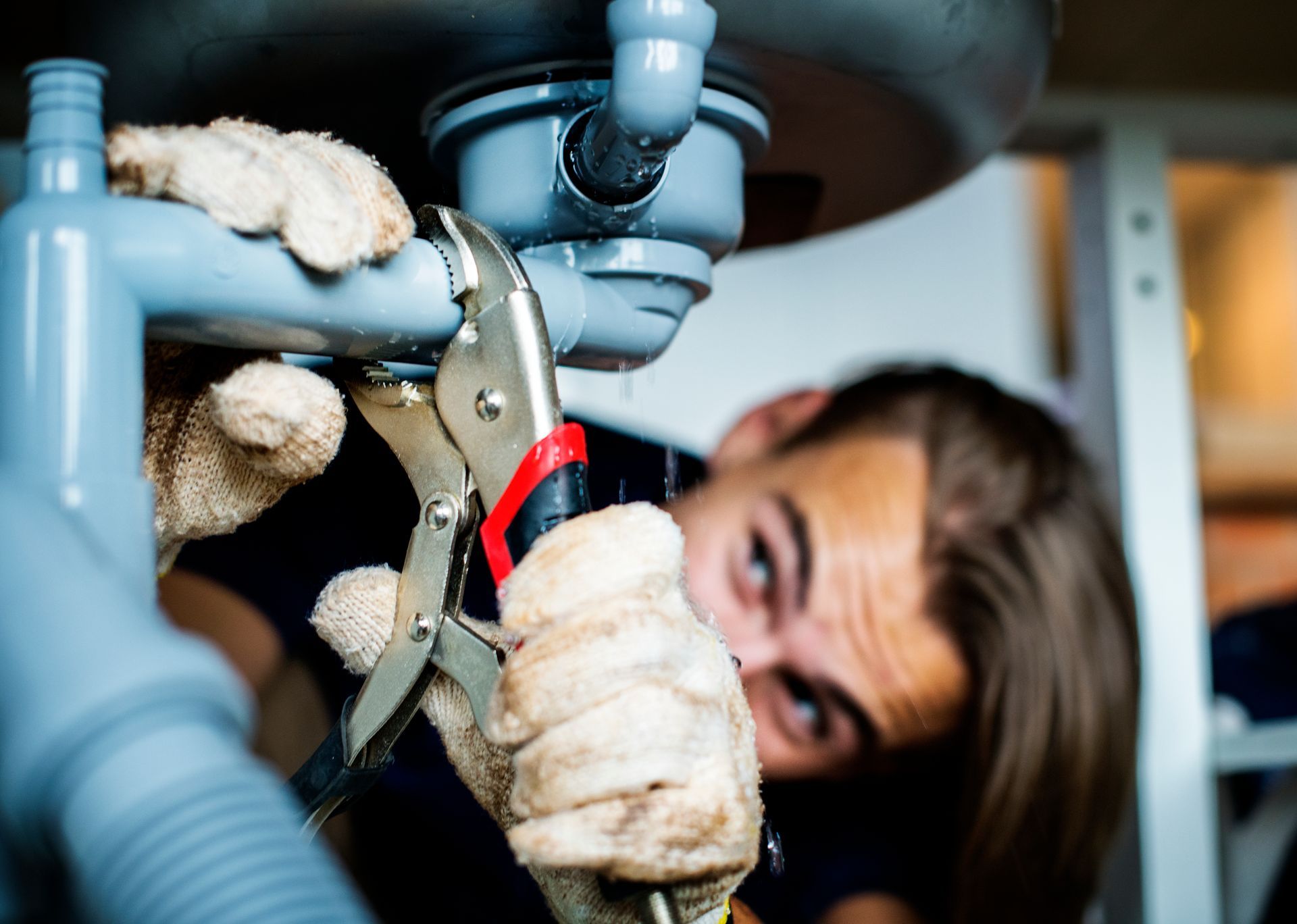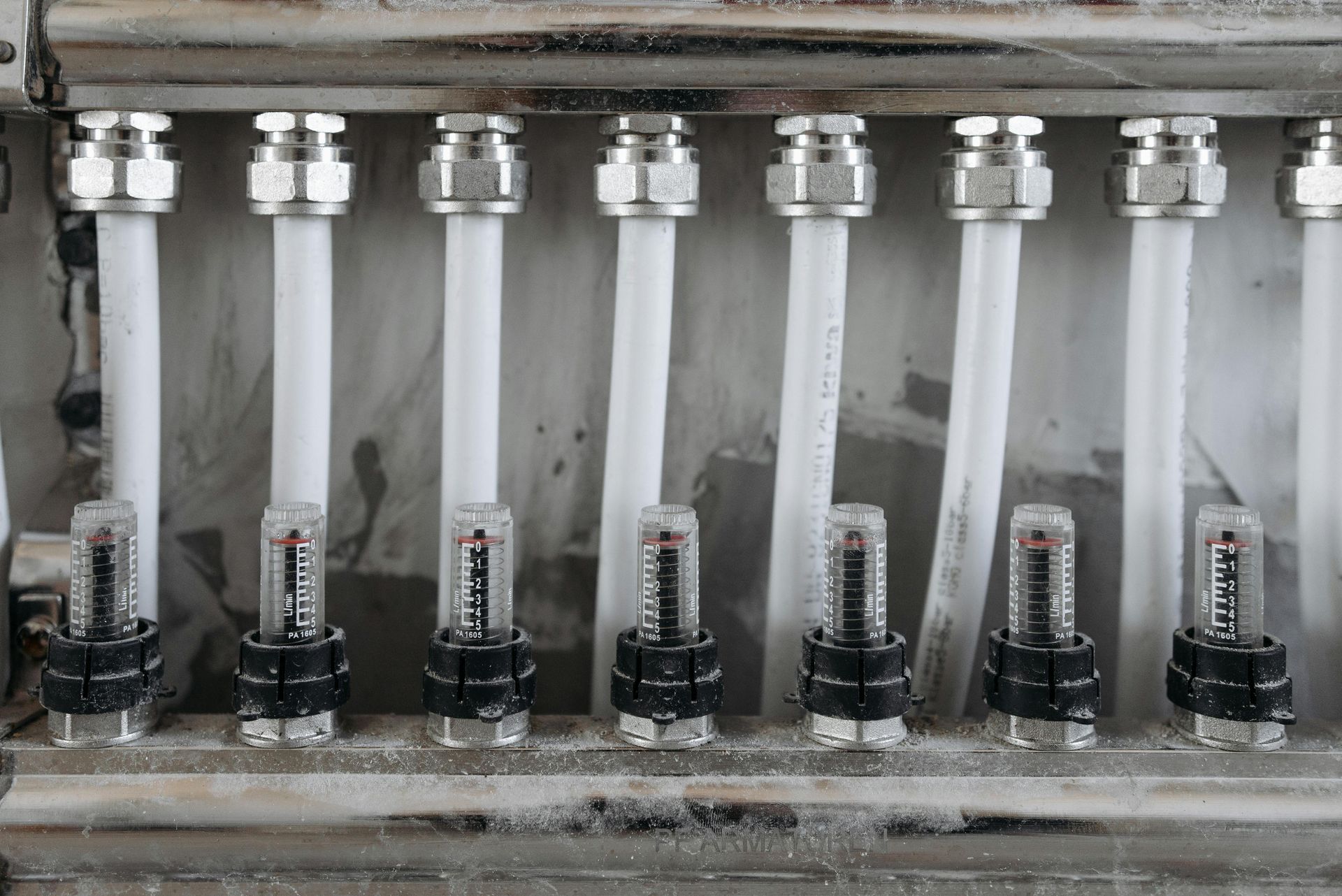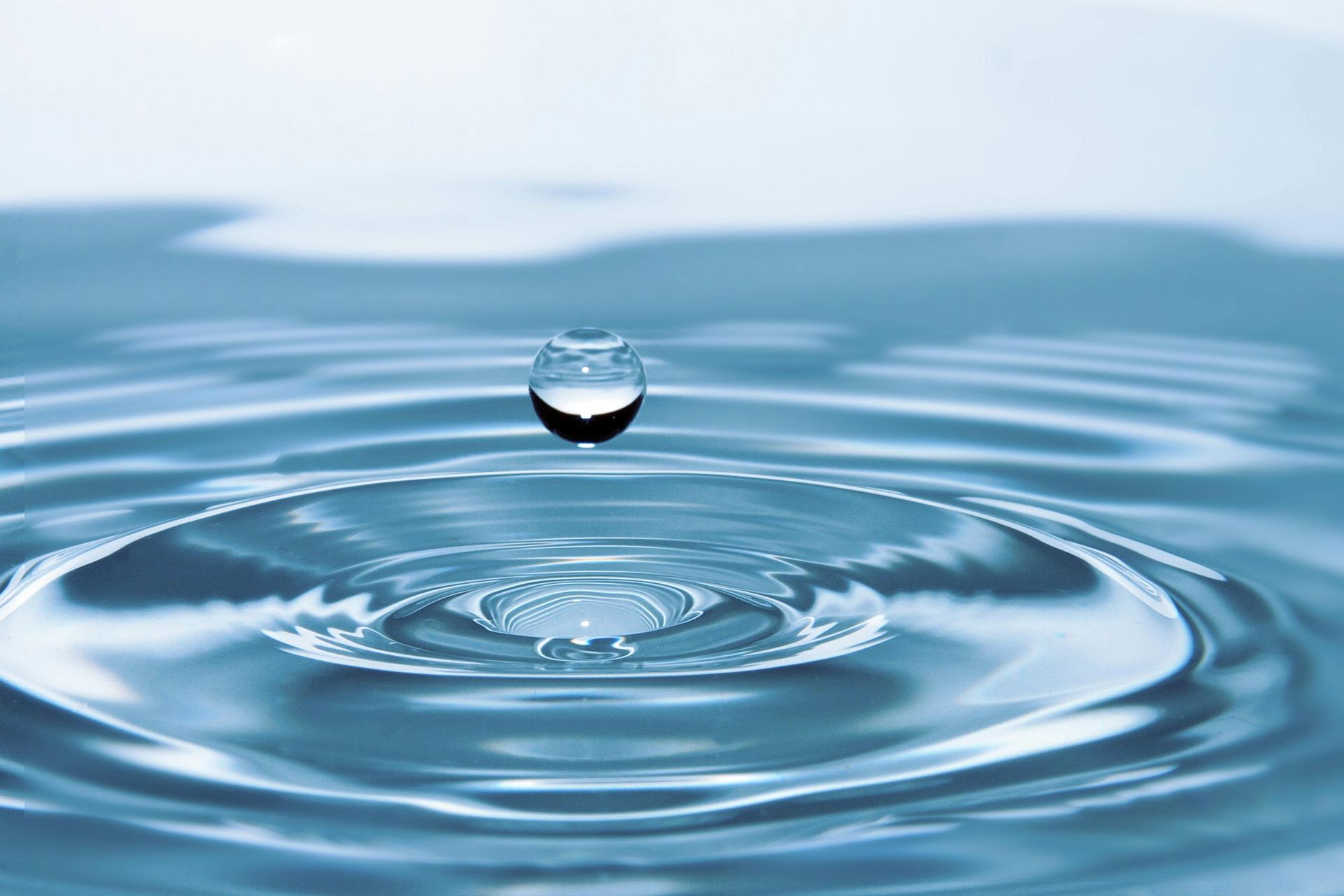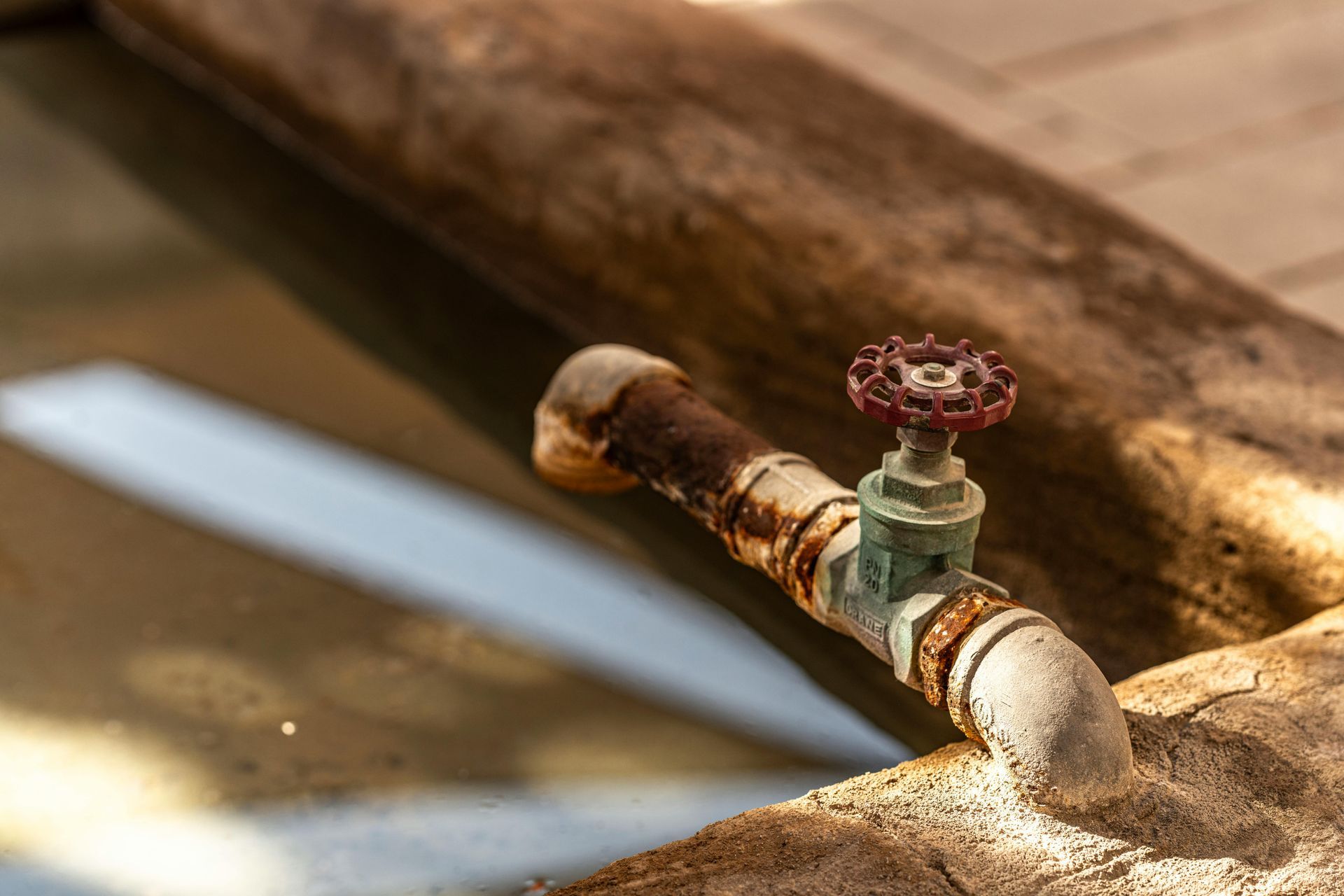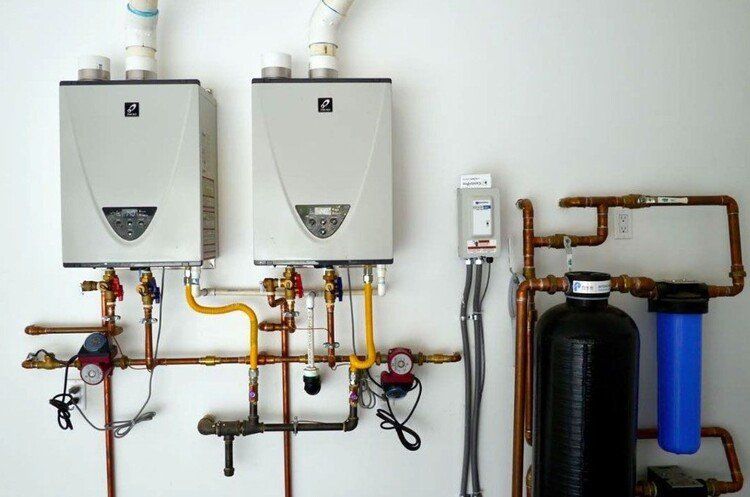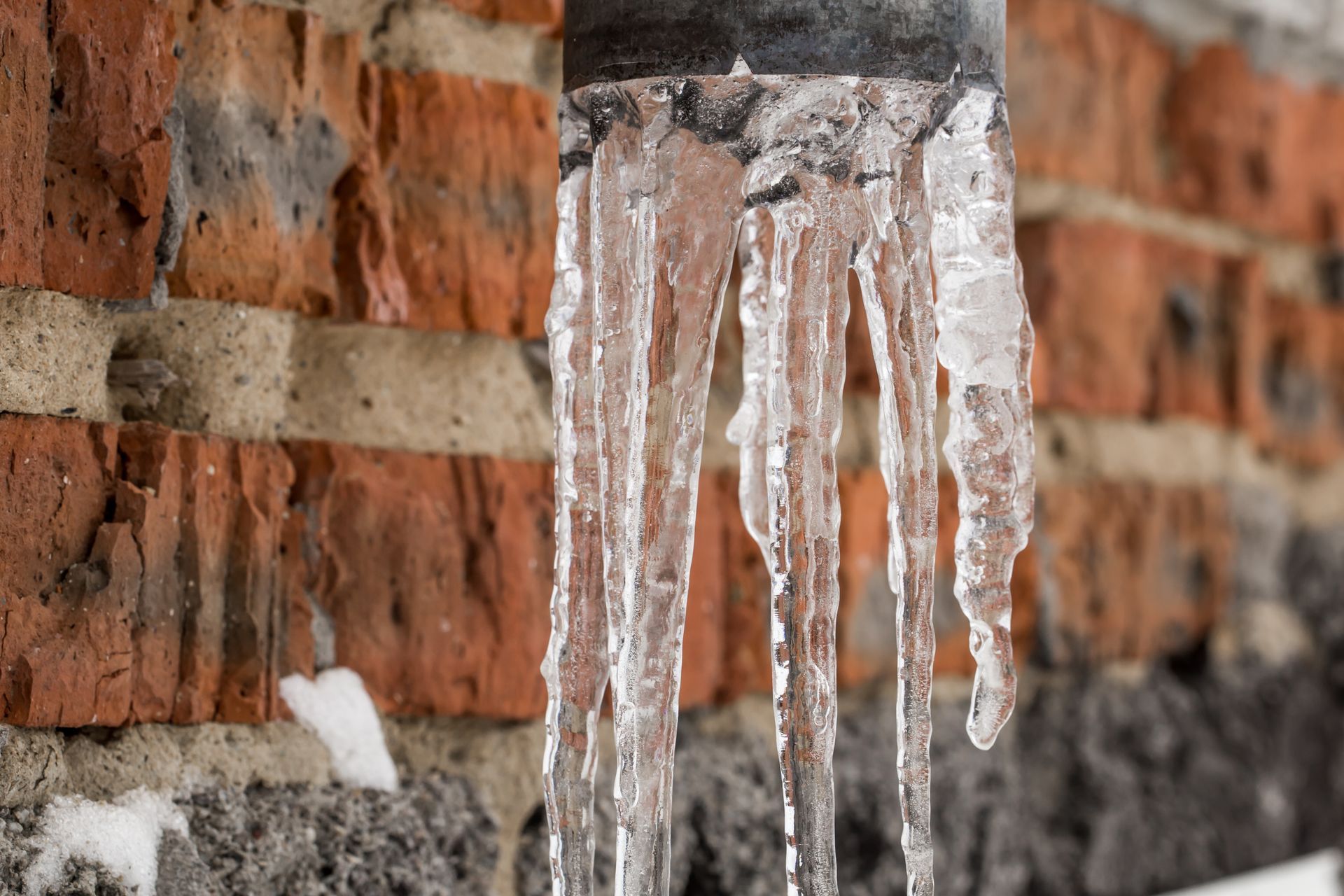What Is Hydrostatic Pressure Test And Why It's Used?
Hydrostatic pressure is a fundamental principle in physics and engineering that governs the behavior of fluids at rest under the influence of gravity. This concept is integral to several industries including plumbing, construction, fluid mechanics, and environmental science. For professionals such as All City Plumbers, understanding hydrostatic pressure is crucial for ensuring the integrity and efficient performance of plumbing systems, including activities like drain cleaning and pressure testing. This article provides an elaborate overview of hydrostatic pressure—what it is, how it works, its applications, and why it remains essential across multiple disciplines.
Understanding Hydrostatic Pressure: A Scientific Explanation
Hydrostatic pressure refers to the pressure exerted by a stationary fluid due to the weight of the fluid above it. Unlike dynamic pressure, which involves fluid in motion, hydrostatic pressure specifically deals with fluids at rest—liquids or gases confined and influenced by gravity. It acts uniformly in all directions within the fluid and increases proportionally with depth.
Mathematically, hydrostatic pressure is calculated using the formula:
P=ρ g hP = \rho \, g \, hP=ρgh
where PPP is the hydrostatic pressure, ρ\rhoρ (rho) is the fluid's density, ggg is the acceleration due to gravity (approximately 9.81 m/s29.81 \, m/s^29.81m/s2), and hhh is the height or depth of the fluid column above the point where pressure is measured.
This relationship highlights that the pressure at a given point depends solely on the height of the fluid above and its density—regardless of the shape or total volume of the container. For example, deep underwater pressure is much greater than surface pressure due to the weight of the water column.
The Role of Hydrostatic Pressure in Plumbing and Fluid Systems
In plumbing systems, hydrostatic pressure is a key factor affecting water distribution, pipe integrity, and system testing. Water sitting inside pipes applies pressure on pipe walls due to the fluid’s weight and gravitational pull. In multi-level buildings, this explains why water pressure tends to be higher at lower levels where the water column is taller.
Professional plumbers, including All City Plumbers, often conduct hydrostatic pressure tests during installation or maintenance to ensure pipes and joints can withstand operational pressure without leaking or bursting. Performing these tests involves filling the system with water and monitoring pressure stability for any drops indicative of leaks. During this process, it is vital to properly use the plumber’s tape on threaded connections for creating watertight seals that prevent pressure loss and water leakage.
Hydrostatic pressure also helps diagnose drainage issues, enabling professionals to perform effective drain cleaning by evaluating system performance under pressure.
Practical Applications and Advantages of Hydrostatic Pressure
Hydrostatic pressure has many practical utilities across various applications. A prominent use is in pressure testing newly installed or repaired plumbing lines to verify water tightness and system safety. These tests ensure that plumbing systems conform to regulatory codes and reduce the risk of future damage or water loss.
Additionally, hydrostatic pressure serves as the natural driving force behind gravity-fed water supply networks. Water towers and elevated tanks rely on this pressure to deliver water efficiently to homes and businesses without excessive use of electrical pumps, thereby saving energy and reducing operational costs.
In drainage management, hydrostatic pressure principles help maintain proper flow and prevent backflow or stagnant water accumulation. Effective drain cleaning relies on understanding pressure dynamics to clear blockages without damaging the system.
The precise sealing of pipe joints—where plumbers diligently apply plumber’s tape—is essential in maintaining pressure efficiency and preventing leaks that degrade system performance.
Challenges and Safety Implications Related to Hydrostatic Pressure
Despite its advantages, improper handling of hydrostatic pressure can lead to plumbing challenges. Excessive hydrostatic pressure exceeding system design limits may cause pipe failure, leaks, or joint separation resulting in property damage and water wastage.
Professionals conduct accurate pressure calculations and use hydrostatic pressure testing as routine inspections to avert these issues. Correctly sealing joints with plumber’s tape ensures enhanced durability and resistance to pressure fluctuations.
Additionally, hydrostatic pressure affects building structures, especially basement walls faced with groundwater pressure. Without adequate waterproofing and drainage, this pressure can cause water infiltration and structural damage—problems commonly addressed during professional plumbing and construction inspections.
Why Hydrostatic Pressure Testing Remains Industry Standard
Hydrostatic pressure testing’s natural basis and simplicity have made it a trusted method globally. It leverages gravity—an ever-present force—removing the need for complex machinery. The clarity and reliability of pressure measurements enable consistent quality control among plumbers, builders, and inspectors.
Leading service providers like All City Plumbers incorporate hydrostatic pressure testing routinely with services such as drain cleaning, ensuring client safety, system reliability, and compliance with plumbing codes.
Early leak detection through this method conserves water, avoids costly repairs, and promotes environmental responsibility—a growing priority in building management.
Conclusion
Hydrostatic pressure is a cornerstone in the understanding and management of fluid systems. It plays a decisive role in plumbing efficiency, system safety, and environmental protection. Expert plumbers harness this principle not only to ensure flawless water distribution but also to maintain system integrity through pressure testing and meticulous installation practices.
Incorporating techniques such as properly using the plumber’s tape on threaded joints, companies like All City Plumbers ensure that plumbing connections withstand operational pressures, enhancing system reliability and extending lifespan.
From simple water delivery to intricate plumbing inspections and drain cleaning, hydrostatic pressure remains indispensable—a natural force engineered to serve modern plumbing needs safely and effectively.

